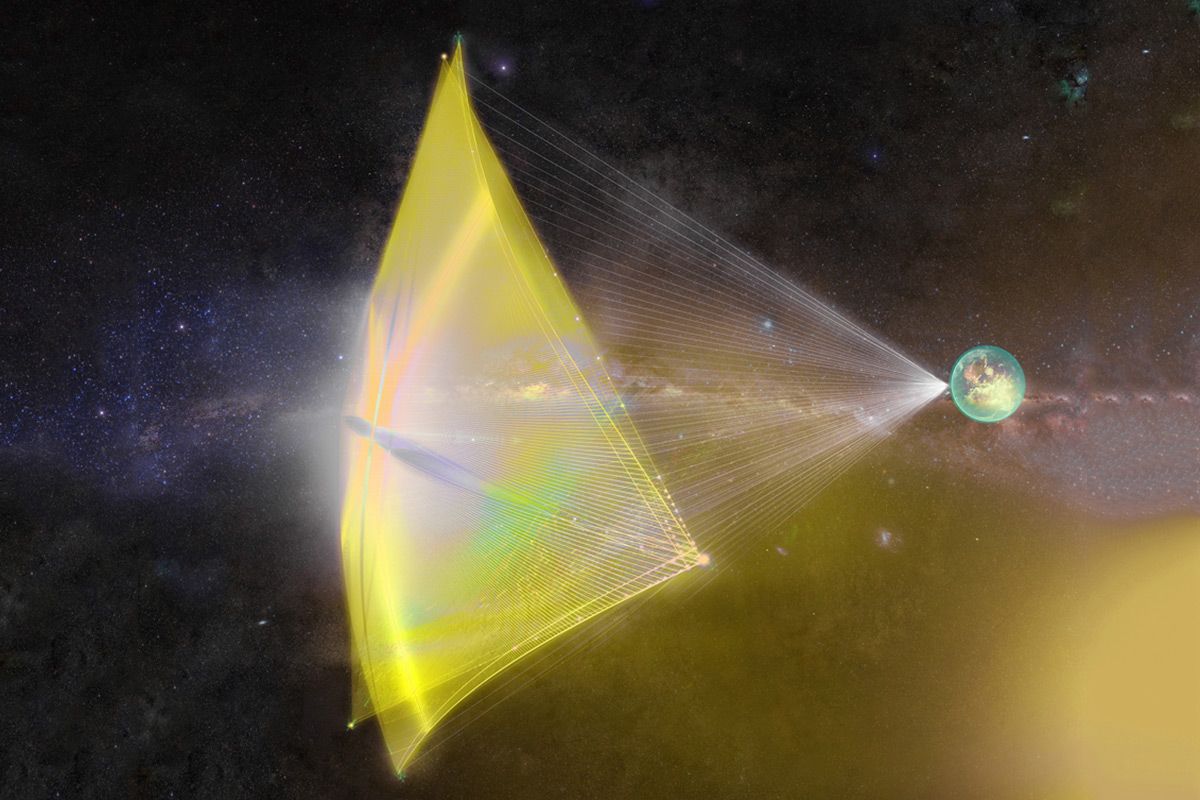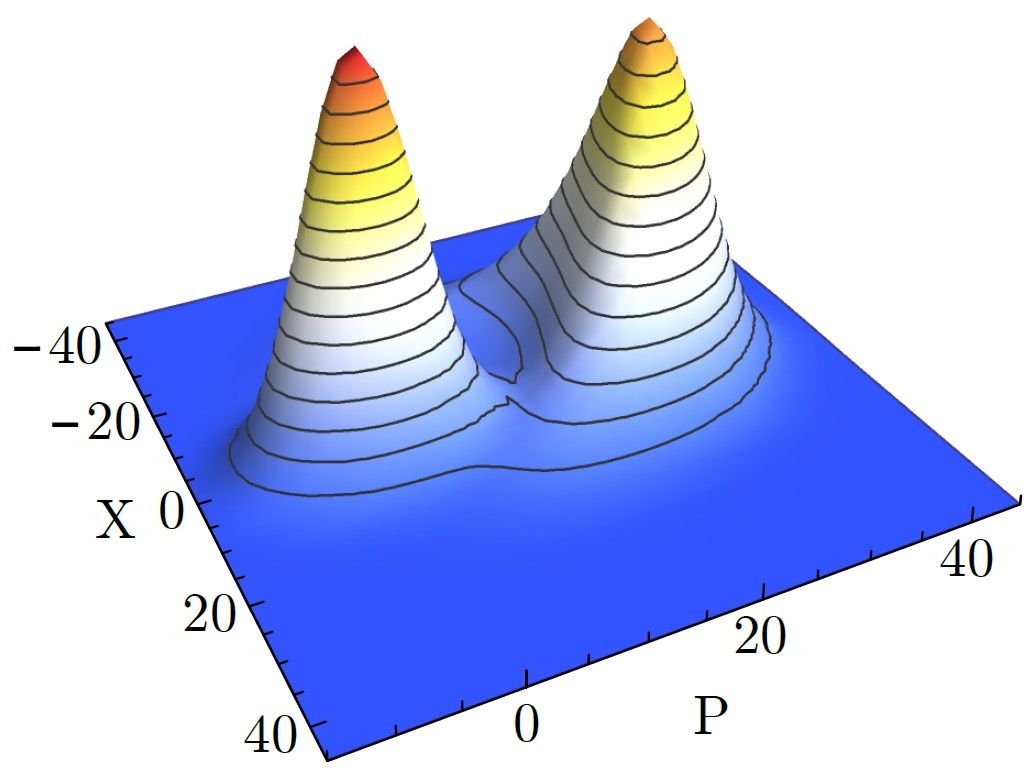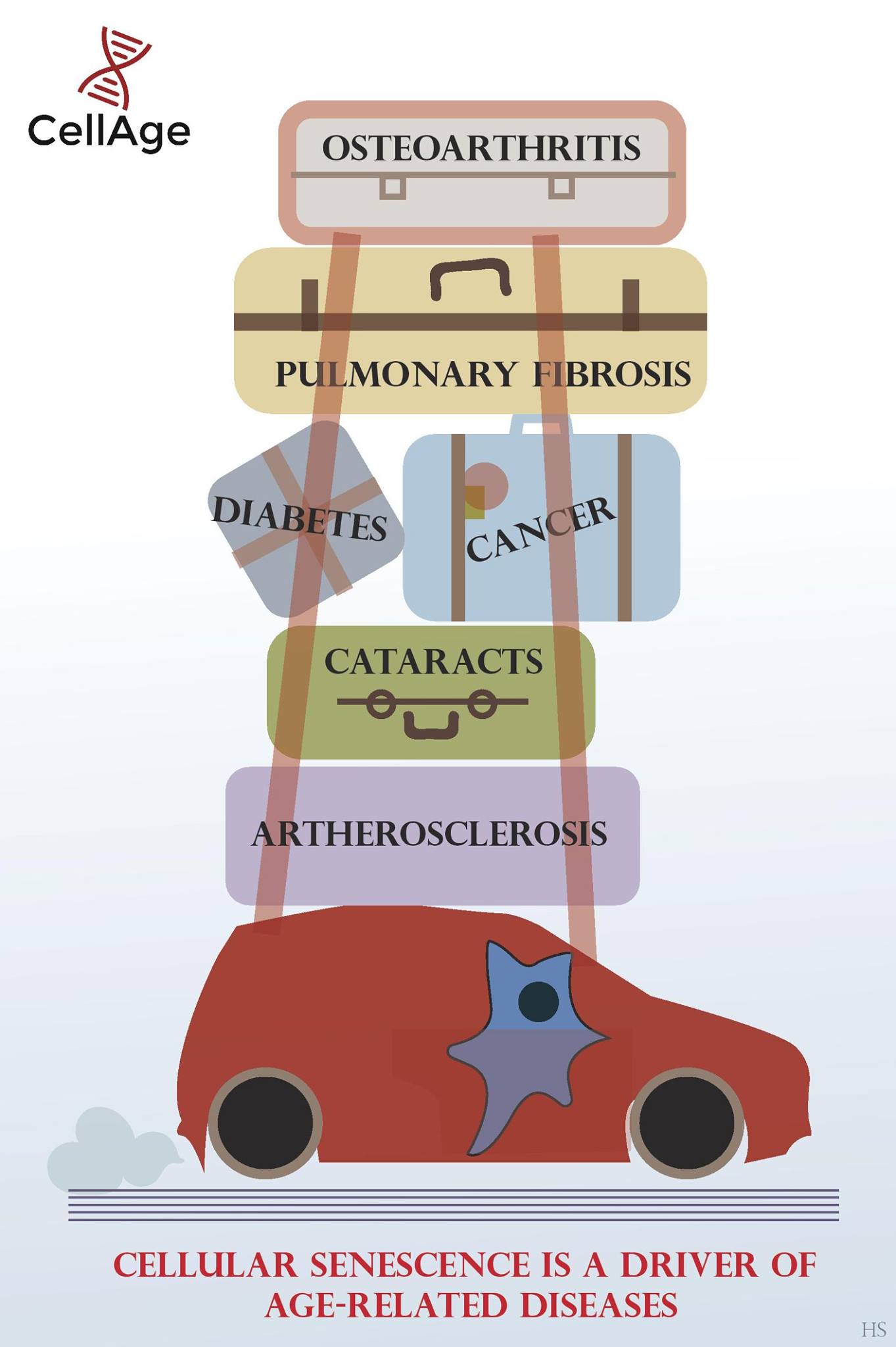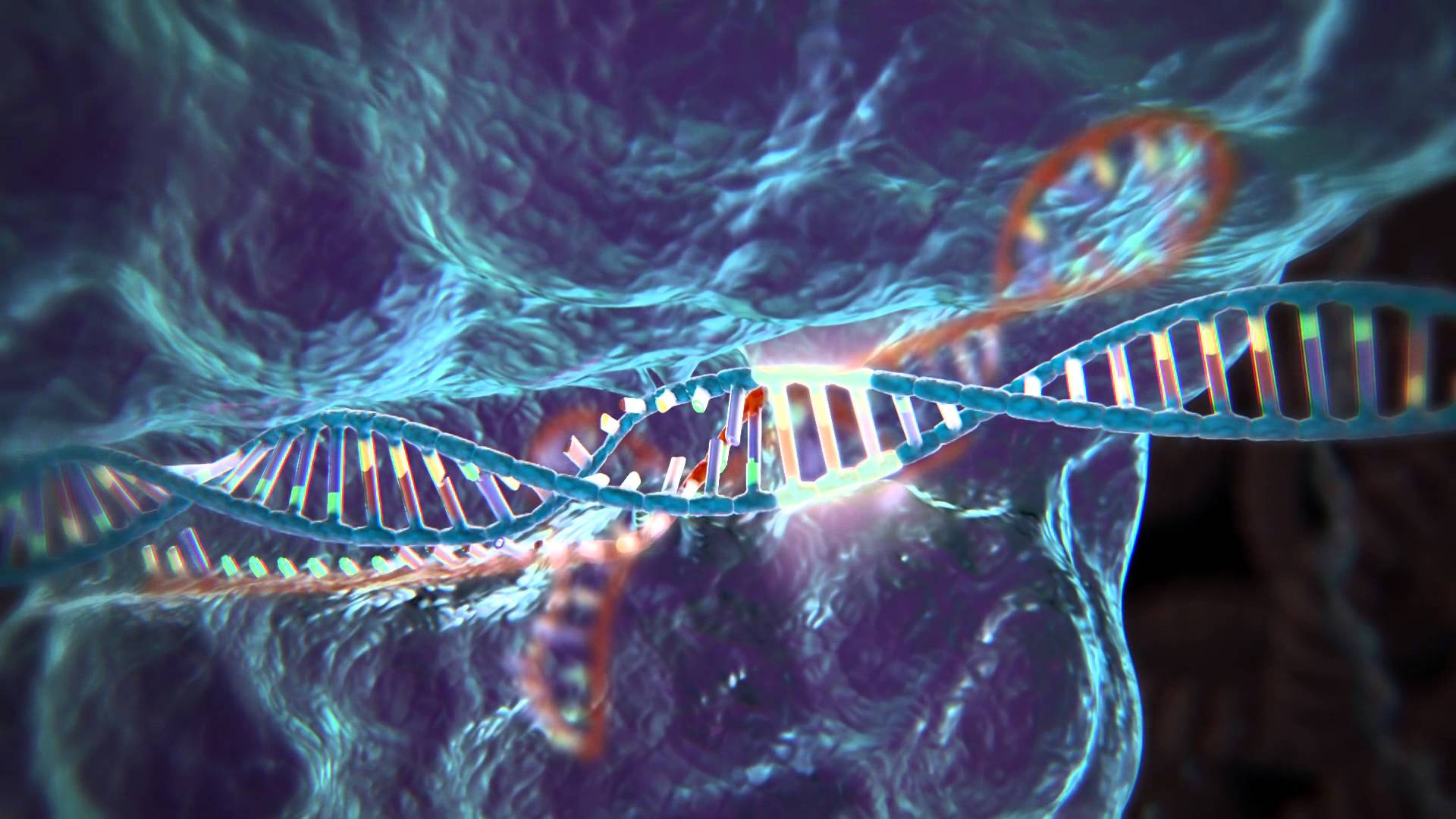Lightweight solar sails could bring spacecraft to the nearest star in just 20 years – but hitting the brakes will be challenging. A new paper suggests using the stars themselves to park around their planets.
A group of scientists led by Johannes Fink from the Institute of Science and Technology Austria (IST Austria) reported the first experimental observation of a first-order phase transition in a dissipative quantum system. Phase transitions include such phenomena as the freezing of water at the critical temperature of 0 degrees Celsius. However, phase transitions also occur at the quantum mechanical level, where they are still relatively unexplored by researchers.
One example of a phase transition at the quantum level is the photon-blockade breakdown, which was only discovered two years ago. During photon blockade, a photon fills a cavity in an optical system and prevents other photons from entering the same cavity until it leaves, hence blocking the flow of photons. But if the photon flux increases to a critical level, a quantum phase transition is predicted: The photon blockade breaks down, and the state of the system changes from opaque to transparent. This specific phase transition has now been experimentally observed by researchers who, for the first time, met the very specific conditions necessary to study this effect.
During a phase transition, the continuous tuning of an external parameter, for example temperature, leads to a transition between two robust steady states with different attributes. First-order phase transitions are characterized by a coexistence of the two stable phases when the control parameter is within a certain range close to the critical value. The two phases form a mixed phase in which some parts have completed the transition and others have not, as in a glass containing ice water. The experimental results that Fink and his collaborators will publish in the journal Physical Review X give insight into the quantum mechanical basis of this effect in a microscopic, zero-dimensional system.
A year on and we catch up with two kids who were genetically engineered to treat their cancer. This is the future of medicine.
By Michael Le Page.
Two children treated with gene-edited cells to kill their cancers are both doing well more than a year later. The baby girls were both given the experimental treatment only as a last resort, but clinical trials of the therapy are now getting underway in children and adults in the UK.
An 11-month-old girl called Layla was the first to get the treatment, in June 2015. When the team who treated her at Great Ormond Street Hospital in London revealed details in November 2015, they stressed that it was too soon to say if she was cured.
Oh, the logic of objections against rejuvenation! bigsmile
If you’ve ever tried to advocate for rejuvenation, you know it is hard. Usually, people deem the idea as crazy/impossible/dangerous well before you get to finish your first sentence. Living too long would be boring, it would cause overpopulation, ‘immortal’ dictators, and what you have. However, you’ve probably never heard anyone use the same arguments to say that we should not cure individual age-related diseases. This is largely because people have little to no idea about what ageing really is, and how it cannot be untangled from the so-called age-related pathologies. These are nothing more, nothing less, than the result of the life-long accumulation of several types of damage caused by the body’s normal operations. Unlike infectious diseases, the diseases of old age are not the result of a pathogen attack, but essentially of your own body falling apart. As I was saying, people are largely unaware of this fact, and therefore expect that the diseases of ageing could be cured one by one without having to interfere with the ageing process itself, as if the two weren’t related at all. The result of this false expectation would be that you could cure Alzheimer’s, Parkinson’s, etc., but somehow old people would still drop dead around the age of 80 just because they’re old. That’s like saying they died of being healthy.
Back to reality, this can’t be done. To cure the diseases of old age, you need to cure ageing itself. If, for whatever reason, you think that curing ageing as a whole would be a bad idea and it should not be done, the only option is to not cure at least some of the root causes of ageing. Consequently, some age-related pathologies would remain as untreatable as they are today.
Now, the typical objections raised against rejuvenation tend to sound reasonable at first. To some, the statement ‘We should not cure ageing because it would lead to overpopulation’ sounds self-evident. However, if we consider the implications of this statement, things start getting crazy. As said, not curing ageing implies not curing some of its root causes, which in turn implies not curing some age-related diseases. Therefore, the sentence ‘We should not cure ageing’ implies ‘We should not cure [insert age-related disease here] ‘. What happens when we reformulate typical objections to rejuvenation in this fashion?
I really wanna know why people don’t get this.
For more information on Aubrey de Grey, please visit our website www.tedxmuenchen.de
Dr. Aubrey de Grey is a biomedical gerontologist based Mountain View, California, USA, and is the Chief Science Officer of SENS Research Foundation, a California-based 501©(3) biomedical research charity that performs and funds laboratory research dedicated to combating the aging process. He is also Editor-in-Chief of Rejuvenation Research, the world’s highest-impact peer-reviewed journal focused on intervention in aging. He received his BA in computer science and Ph.D. in biology from the University of Cambridge. His research interests encompass the characterisation of all the accumulating and eventually pathogenic molecular and cellular side-effects of metabolism (“damage”) that constitute mammalian aging and the design of interventions to repair and/or obviate that damage.
Twitter: @aubreydegrey
This talk was given at a TEDx event using the TED conference format but independently organized by a local community.
Today, spectrum is managed by dividing it into rigid, exclusively licensed bands. This human-driven process is not adaptive to the dynamics of supply and demand, and thus cannot exploit the full potential capacity of the spectrum. In SC2, competitors will reimagine a new, more efficient wireless paradigm in which radio networks autonomously collaborate to dynamically determine how the spectrum should be used moment to moment.
The team whose radio design most reliably achieves successful communication in the presence of other competing radios could win as much as $3,500,000. For more information, see the About Page.









